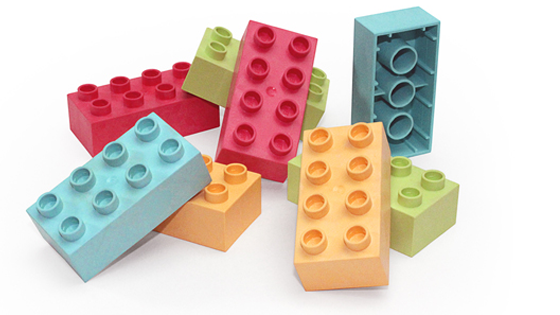A greener alternative to plastics: Liquid wood

German researchers are ramping up a manufacturing technique for making intricate Nativity figurines, toys and even hi-fi speaker boxes from a renewable and surprisingly versatile sources: Liquid wood.
The bio-plastics dubbed Arboform, derived from wood pulp based lignin, which can be mixed with hemp, flax or wood fibers and other additives such as wax to create a strong, non-toxic alternative to petroleum-based plastics, according to its manufacturers.
Crude oil is the basis of the chemical for plastics according to a senior researcher and deputy of the directors at the ‘Fraunhofer Institute for Chemical Technology in Pfinztal, Germany. As the price of crude oil increases, so do the prices of plastics and the interest in finding replacements. The growing list of health concerns linked to plastic ingredients, such as heavy metals and softeners known as phthalates, also has increased the impetus to find a good substitute for manufacturing toys and other products.
Liquid wood combines the high stability and good acoustical properties of wood with the injection-molded capabilities of plastic. In paper mills, wood is typically separated into its three main components: lignin, cellulose and hemicelluloses. Lignin, which tends to give paper a brownish hue, can be used for lower-quality newsprint but is most often separated out with a sulfite- or sulfate-based pulping process prior to the production of high-quality paper. By mixing that discarded lignin with fibers and wax, Tecnaro, a spin-off German company, has refined a technique for producing plastic-like pellets. Under high-pressure conditions, the composite material behaves like melted plastic, allowing it to be injected through a nozzle into a mold and made into a wide range of forms.
Customers can even buy liquid wood watches on the company’s Web site, where it reports a current capacity of 300 tons annual output of its biomaterial, but adds that the amount “can be increased easily.” The institute’s solution, he said, was to use high-pressure hydrolysis (with nothing more than water, high temperature and high pressure) to yield water insoluble lignin. The resulting material maintains its stability even if exposed to water or saliva. The Arboform material also can be broken into pieces and recycled as filler. Though it can’t be re-melted, he said, it can be burned just like wood. Lignin is an attractive source because it is relatively cheap and contains a high percentage of carbon. Although increased efficiencies in the papermaking process have cut back on lignin waste, the biomaterial is still widely seen as having little value apart from fuel.
Source: http://www.nbcnews.com/id/28283260/ns/technology_and_science-innovation/t/greener-alternative-plastics-liquid-wood/#.XCR6OVUzbIU

Image Source : https://www.jeluplast.com/en/wpc/products/jeluplast/applications/

